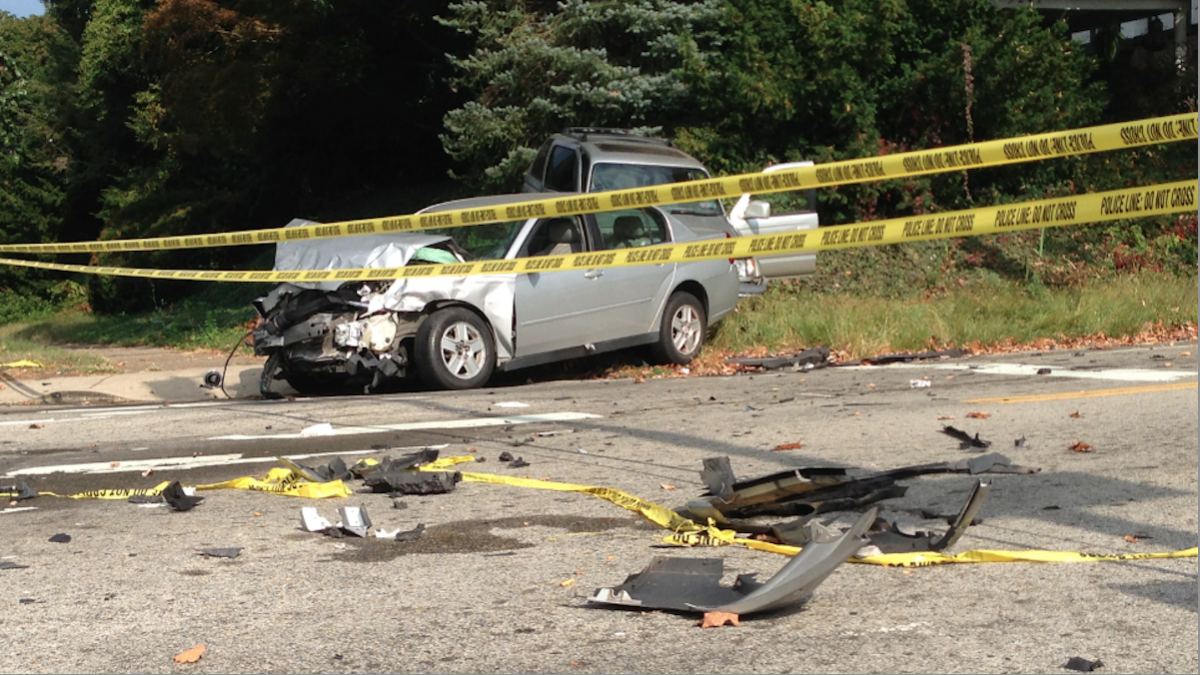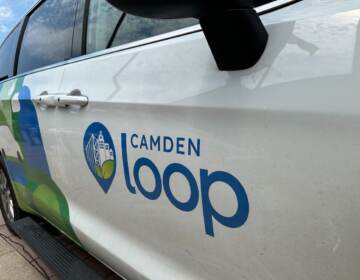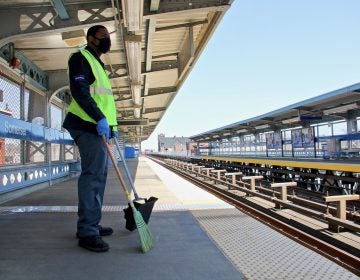Traffic deaths remain stubbornly high in Philly and across the U.S.

Despite a bevy of new safety features like automatic braking and lane departure warnings, a recent report by the National Safety Council (NSC) shows that traffic deaths across the United States remain stubbornly high.
An estimated 40,100 Americans were killed last year in traffic accidents, down slightly from 2016’s death toll of 40,327. But those numbers are six percent higher than fatalities in 2015.
The problem tracks locally, as well. Last year, there were 99 traffic fatalities in Philadelphia, up from 76 in 2016, per statistics compiled by the Bicycle Coalition of Greater Philadelphia.
Even as safety technology advances and becomes more prevalent, other factors militate against a reduction in deadly crashes.
First and foremost, Americans are driving more, and the more time you’re on the road, the greater the likelihood of tragedy. The number of crashes — and, consequently, crash deaths — is closely correlated with vehicle miles traveled. The number of vehicle miles travelled dropped significantly after the great recession, but as the economy has improved, more people are driving to work, going on vacations, and ordering more stuff delivered.
The NSC also blames an uptick in distracted driving — driven by the ubiquity of smartphones Some commentators have suggested that phone usage while driving may be more to blame for the increase in crashes than the growth in vehicle miles traveled.
Locally, city officials point to another factor for why Philadelphia’s crashes remain so perniciously deadly: speed.
“What really puts a crash into something more than a fender bender, [and into] something that results in a fatality or serious injury, is speeding,” said Kelley Yemen, Philadelphia’s Director of Complete Streets.
If you’re hit by a car going 20 miles per hour, Yemen said, you have around a 90 percent chance of surviving. But if that car is going 40 miles per hour, you have around a 90 percent chance of dying.
With six deaths-per-100,000 residents, Philadelphia’s rate is higher than some peer cities, Yemen noted. New York annually sees three traffic fatalities per 100,000 residents, and Boston suffers only two.
Across the U.S., the traffic death per resident ratio is higher in states with high speed limits and wide highways — suggesting the inability to go as fast in relatively slower, more cramped places like Philadelphia means less deadly crashes.
Last year, the city unveiled its Vision Zero Action Plan, which aims to bring down the number of traffic deaths to zero by 2030. The Plan calls for a three pronged approach dubbed the “three Es”: engineering, enforcement, and education.
Education means teaching more drivers about the dangers of speeding and distracted driving. It also means teaching cyclists and pedestrians the rules of the road. The city also wants to increase traffic law enforcement, particularly against speeders. “Engineering” refers to redesigning roads to discourage speeding. To that end, the city has deployed speed humps to slow down drivers in between stop signs and traffic signals.
The city also says it wants to build more bike lanes in order to separate cyclists from car traffic and slow down drivers. Narrower streets, somewhat paradoxically, are safer streets because they encourage more careful driving. However, progress on this has been slowed by neighborhood opposition to the loss of automotive travel lanes and parking.
WHYY is your source for fact-based, in-depth journalism and information. As a nonprofit organization, we rely on financial support from readers like you. Please give today.






